I strive to be as environmentally responsible as possible. A decade ago, my wife and I had a solar system installed that provides 90 percent of our energy. We farm our small vineyard and olive trees organically. We religiously try to minimize our carbon footprint, and my reading often focuses on environmental issues.
Recently I read an article in CNN's “Life, but Greener” newsletter on a topic I was not familiar with: how composting human remains can reduce death's carbon footprint.
Although I'm in my mid-70s, I had yet to give much thought to what would happen to my remains when the day comes that I've completed my bucket list, wine, and food have lost all appeal, and I'm drooling more than our mastiff mix and my next stop is the great garden in the sky. Time to consider how I'll spend the hereafter and be environmentally correct.
A traditional burial never appealed to me. It wastes land and requires putting an embalmed body into a metal casket that then goes into a concrete vault that will be in the ground for far too many years. To make matters worse, embalming fluid can leach into the ground. Factor in the cost and this is not a winning approach.
For no particular reason, I thought cremation was the environmentally correct way to go. I never gave any thought to how much energy is required for a single cremation, but according to Chemical and Engineering News, it's considerable. Cremating one corpse emits an estimated 418 pounds of carbon dioxide into the air, the equivalent of driving 470 miles in a car. Not an environmentally correct end-of-life solution.
Another in-ground option is a natural or green burial. According to Tulocay Cemetery's website, this type of burial “is done without the use of chemical preservatives which might destroy or inhibit the natural breakdown of the body. The deceased is not embalmed allowing the body to fully decompose and return to the earth. With a natural burial, the body is placed in a casket or a shroud made of non-toxic biodegradable material and placed directly in the ground without any type of liner or vault. The intention is to hasten the return of the body to the natural world and to integrate the remains within the cycles of nature. All organisms that have lived, have died and returned to the soil, where constant microbial activity in the soil breaks everything down and recycles to new life.”
So natural burial is an organic solution but one that requires using land for a single purpose. Maybe that section of a cemetery with its rich soil could host a community garden.
Californians are fortunate to have a forward-thinking government. Assembly Bill 351, introduced by assembly member Cristina Garcia, allows for the natural organic reduction of human remains as a more environmentally friendly alternative to traditional burial.
“With climate change and sea-level rise as very real threats to our environment, this is an alternative method of final disposition that won't contribute emissions into our atmosphere,” Garcia said in a statement. It took three years, but the bill passed and was signed into law by Governor Newsom last September.
According to the Smithsonian Magazine, “Human composting typically involves putting a body into a steel vessel, then covering it with organic materials like straw, wood chips, and alfalfa. Microbes break down the corpse and the plant matter, transforming the various components into nutrient-rich soil in roughly 30 days. Staffers at special human composting funeral homes then remove the compost from the vessel and allow it to cure for two to six weeks. Family members can then use the human compost like any other type of compost, such as by mixing it into a flower bed, or they can donate it to be spread in conservation areas.”
Recompose, a Seattle funeral home that specializes in human composting, states that a body produces about one cubic yard of compost. The soil “returns the nutrients from our bodies to the natural world” and “restores forests, sequesters carbon, and nourishes new life.”
Human composting will not be legal in California until 2027. Anyone expiring before then will have only the existing options unless they're in Washington, Oregon, Colorado, or Vermont where it's already legal.
The cost of human composting is estimated at $5,000 to $7,000, so your remains will be a high-priced soil additive. However, you'll be environmentally correct and your survivors can visit the site that benefited from your personal compost. For me, I'm thinking there may be a needy plant at Napa's Las Flores Learning Garden or a deserving rose bush at Fuller Park. Maybe others will join me and Napa will become the greenest city in California.
Workshop: Join UC Master Gardeners of Napa County for a workshop on “Spring Garden Planning for Warm Weather” on Saturday, February 25, from 10 am to noon, at Las Flores Community Center, 4300 Linda Vista Avenue, Napa. Learn how to prepare your landscape for warmer weather, including cleanup, pruning, tool care, soil preparation, and seed starting. The workshop will be indoors, with some outdoor activities if weather permits. Registration required: https://surveys.ucanr.edu/survey.cfm?surveynumber=39854
Library Talk: Join UC Master Gardeners of Napa County and Napa County Library for a free talk on “Success with Citrus Large and Small” on Thursday, March 2, from 7 pm to 8 pm via Zoom. Learn how to choose the best tree for your space, plus healthy growing techniques, fertilizing, managing pests, watering, protecting from frost, and growing in containers. Register to receive the Zoom link: https://ucanr.edu/2023MarCitrusLibraryTalk
Food Growing Forum: Join UC Master Gardeners of Napa County for a hands-on workshop on “Spring and Summer Vegetables” on Sunday, March 12, from 2 pm to 4 pm, at UCCE Office, 1710 Soscol Avenue, Napa. Your best summer vegetable garden begins in March. Plant quick-growing cool-season vegetables now before the weather warms, and follow those crops with the ones that love our warm summer days. Learn about soil maintenance, seed starting, and irrigation. Garden-ready seedlings and planting calendars will be shared. The forum is free but registration is required at https://ucanr.edu/2023foodforummarch.
Help Desk: The Master Gardener Help Desk is available to answer your garden questions on Mondays and Fridays from 10 a.m. until 1 p.m. at the University of California Cooperative Extension Office, 1710 Soscol Avenue, Suite 4, Napa. Or send your questions to mastergardeners@countyofnapa.org. Include your name, address, phone number, and a brief description of the problem. For best results, attach a photo of the plant. You may also leave a voicemail message with the same information at 707-253-4143.
Resources:
California has legalized Human Composting. Smithsonian Magazine. September 19, 2022
How human composting could reduce death's carbon footprint. CNN's Life, but Greener. November 7, 2022
Human composting: California clears the way for greener burial method. The Guardian. September 19, 2022
The environmental toll of cremating the dead. National Geographic. November 5, 2019
Tulocay Cemetery Website
Attached Images:
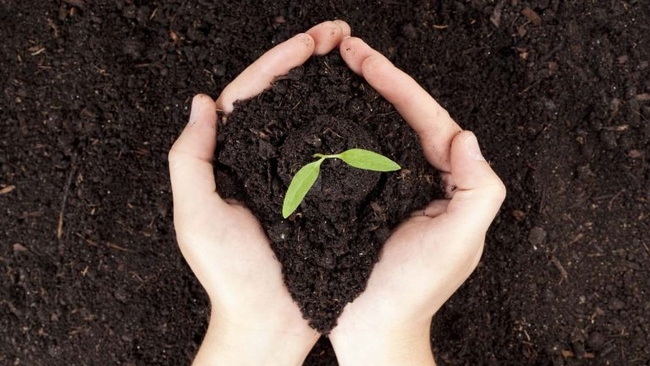
Dust to Dust- Will California Lawmakers Legalize Human Composting — Transforming Bodies Into (gvwire.com)
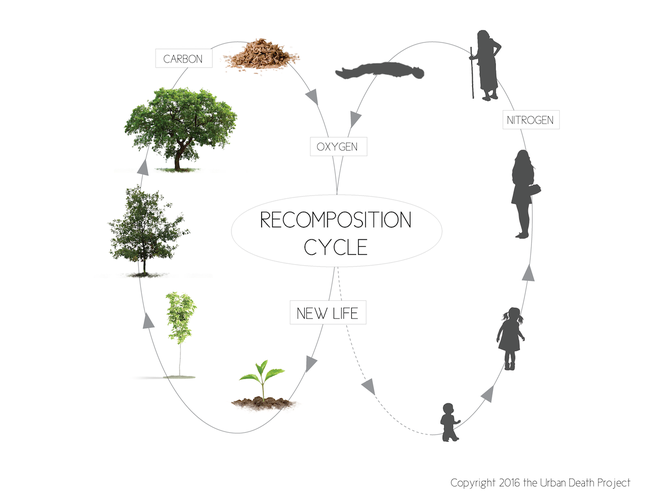
A Prototype for a New System of Composting Human Remains (hyperallergic.com)
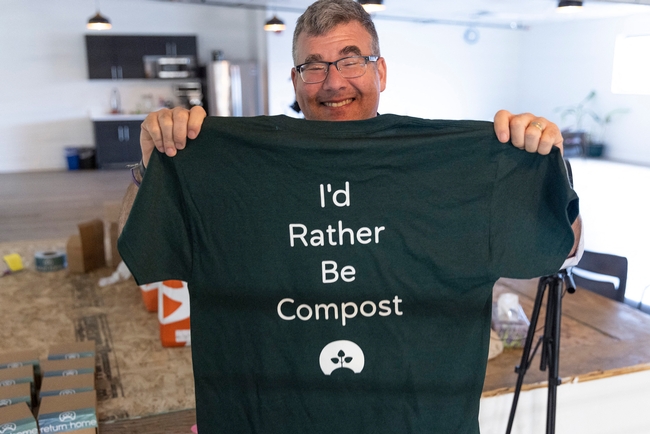
Farjam News Human composting burial legalized in California news (sportfarjam.com)
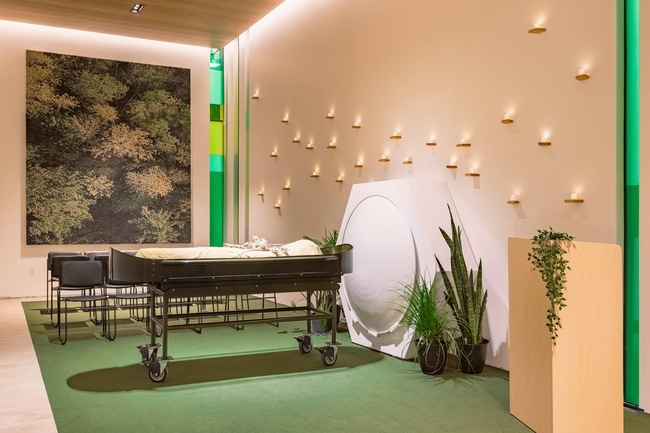
Decomposing HUMAN remains can legally be used as compost from 2027 thanks to new California law (tractorbynet.com)
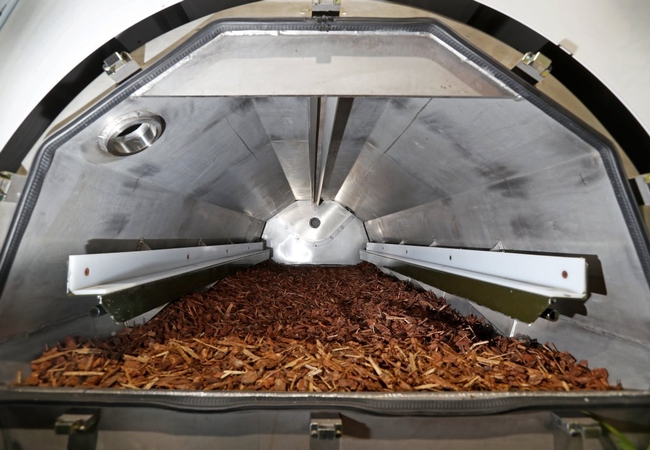
Composting human bodies on track to become legal in Colorado (denverpost.com)